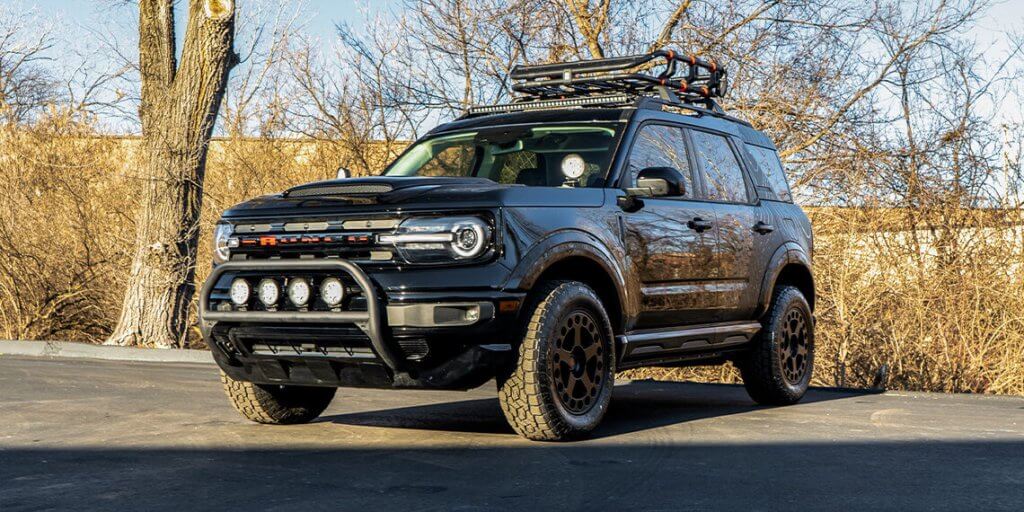
Off-roading is one of the most exciting and rewarding ways to explore the outdoors. Whether you drive a stock 4×4 SUV or a modified trail rig, there are plenty of entry-level adventures that don’t require rock crawling or deep mud pits. If you’re new to the world of off-road driving, starting with light trails is the perfect way to learn your vehicle’s limits and build confidence.
At VAOffRoad.org, we provide verified trail information, GPS maps, and safety tips to help you enjoy off-roading responsibly. This guide will cover beginner-friendly trails in Virginia and the top 10 things every off-road newbie should know before leaving the pavement.
🚛 Easy Off-Road Trails for Beginners in Virginia
These trails are ideal for vehicles with factory 4WD or AWD and require minimal modifications:
- Peters Mill Run Trail (George Washington National Forest)
Maintained gravel trail with a few moderate hill climbs. Open to high-clearance AWDs and stock 4WDs. Great views and minimal obstacles. - Flagpole Knob via Briery Branch Gap Road
Offers a gradual incline through forest service roads. If you stick to the main route, this is a scenic and manageable climb with panoramic views at the top. - Rapidan Wildlife Management Area Roads
Multiple beginner trails with low traffic and gravel surfaces. These routes are excellent for practicing basic off-road handling and tire traction. - Taskers Gap OHV System – Beginner Loops
Designed for beginners, this area has short, labeled loops where you can learn basic off-road control legally and safely. - Potts Mountain Jeep Trail (Start Section Only)
The early mile offers wide gravel access before the trail becomes highly technical. Great for testing your comfort level.
Always check trail status on VAOffRoad.org for seasonal closures, vehicle restrictions, and updated difficulty ratings.
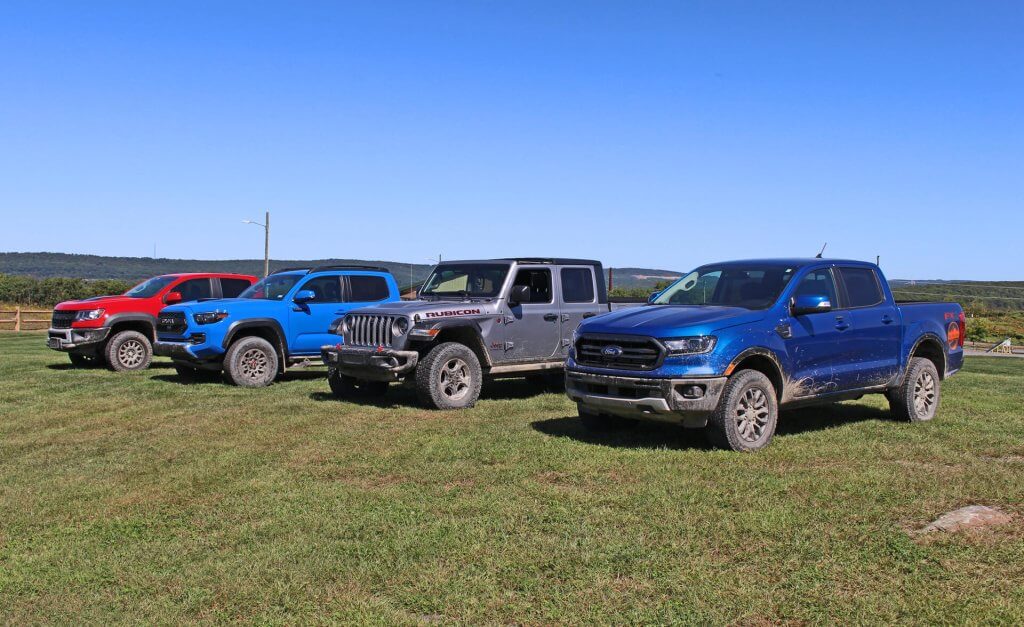
✅ Top 10 Things Every Beginner Off-Roader Should Know
1. Never Go Off-Road Alone
Off-roading alone is dangerous, even on beginner trails. Mechanical breakdowns, rollovers, or getting stuck can quickly turn into an emergency. Bring a buddy vehicle, or at the very least, tell someone your exact route and estimated return time. Equip yourself with a GPS communicator (like a Garmin inReach or SPOT) in areas with no cell service.
2. Understand Your Vehicle’s Capabilities
Different 4×4 systems behave differently:
- AWD (All-Wheel Drive): Good for gravel roads and mild trails.
- Part-Time 4WD: Usually includes low-range gearing for better control.
- Full-Time 4WD: Allows for permanent engagement with center differentials.
Learn about:
- Ground clearance (min. 8″ recommended)
- Approach, breakover, and departure angles
- Factory tire size and traction
- Suspension travel and articulation
Don’t assume your daily driver can tackle rough trails without preparation.
3. Follow “Tread Lightly” Principles
- Stay on marked and legal trails
- Don’t drive over vegetation or in water-sensitive areas
- Avoid wheel spin that tears up the trail
- Respect posted signs and land management rules
Responsible off-roading keeps public and private trails open for everyone.
4. Pack Out What You Pack In
Bring a trash bag and pick up not only your garbage but any you find along the way. Leave the trail cleaner than you found it. Consider bringing gloves, a trash grabber, and disposable bags for group cleanups.
5. Adjust Tire Pressure for Better Traction
Airing down tires improves contact patch and reduces bounce:
- Light trails: 16-20 PSI
- Rock crawling or sand: 12-16 PSI
Use a digital tire gauge and portable air compressor (Viair, Smittybilt) to reinflate when done. Avoid going too low without beadlock wheels.
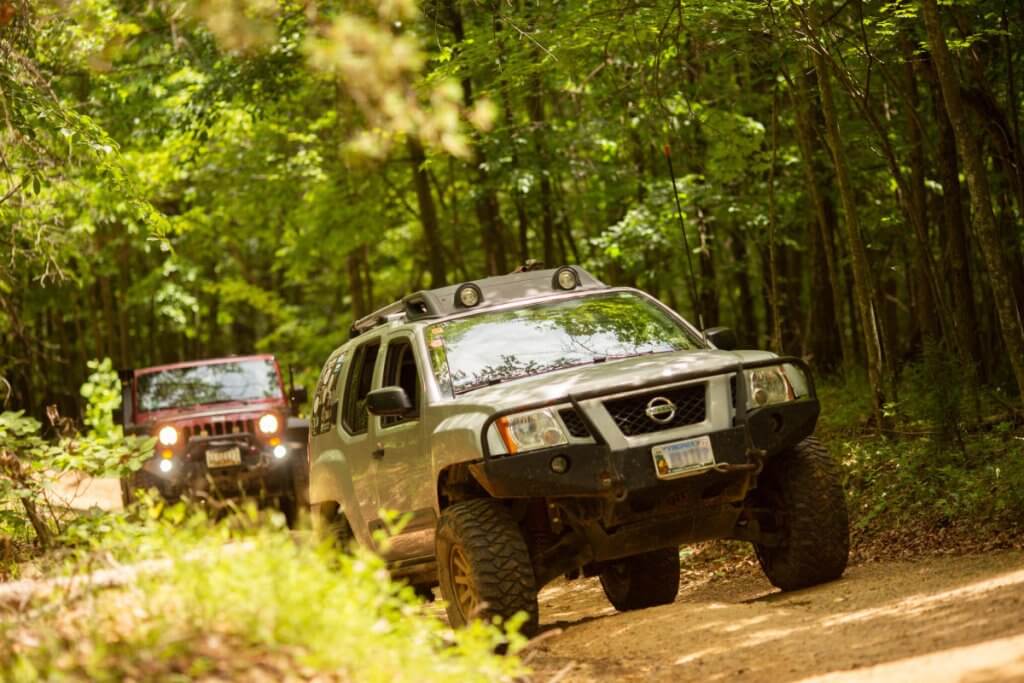
6. Bring Essential Gear
Your recovery and safety kit should include:
- Tow strap (rated at least 2x your vehicle weight)
- Soft shackles or D-rings
- Fire extinguisher
- First aid kit
- Tire repair kit
- Recovery boards (Maxtrax or X-Bull)
- Jump starter
- Water, food, and warm clothing
Bonus: Bring a full-size spare tire and know how to change it on uneven ground.
7. Stay on Legal Trails Only
Illegal trail use damages natural resources and can get you fined. Always:
- Use resources like VAOffRoad.org to confirm trail legality
- Respect private property and posted gates
- Use public OHV parks and WMA areas with proper permits
8. Learn Basic Recovery Techniques
Understanding how to recover a stuck vehicle is crucial. Learn how to:
- Use a tow strap properly (never attach to a bumper)
- Deploy traction boards effectively
- Winch safely if equipped (snatch block, tree saver strap)
Take a recovery class or watch tutorials from reputable off-road instructors.
9. Check the Weather Before You Go
Light rain can quickly flood crossings and make dirt roads impassable. Ice and snow can turn gentle grades into slip hazards. Always:
- Check radar and weather alerts
- Avoid trails after heavy rain
- Know the conditions of creek crossings
10. Practice Trail Etiquette
- Yield to uphill traffic
- Let faster drivers pass
- Stop only in wide pull-off areas
- Don’t block the trail for photos
- Be polite to hikers, bikers, and horseback riders
Trail etiquette ensures everyone enjoys the outdoors.
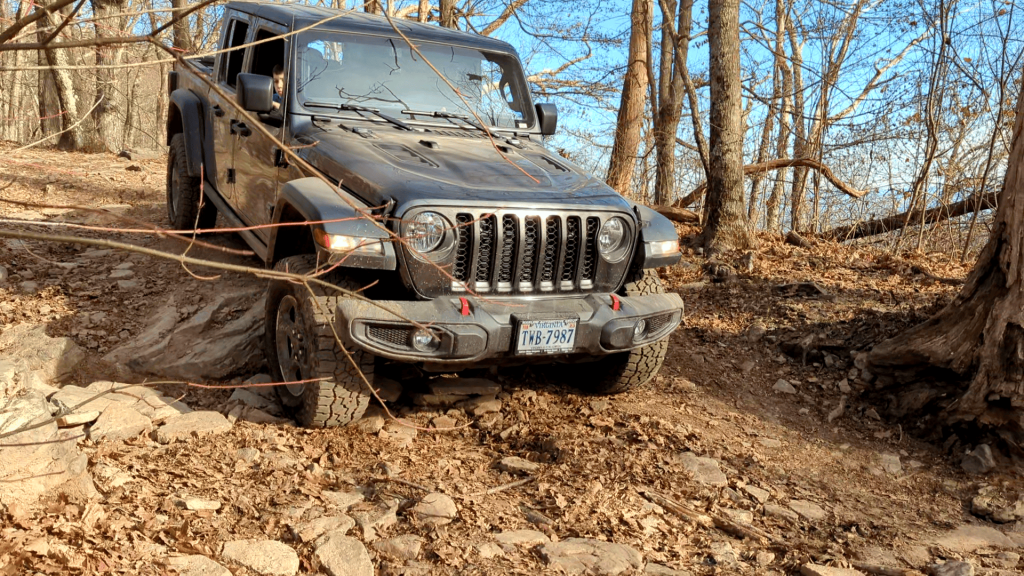
👥 The VA Off-Road Community Is Here to Help
Joining a local community is the best way to learn and grow. VAOffRoad.org offers:
- Guided trail rides and meetups
- Trail ratings and real user reviews
- Educational articles and gear reviews
- Nonprofit programs focused on trail conservation
Becoming a member helps keep trails open, supports trail cleanup days, and connects you to a growing community of responsible off-roaders in Virginia.
Ready to Start Your Adventure?
Visit VAOffRoad.org/trails to explore beginner-friendly trails, download maps, and join the movement. With the right knowledge and community support, your off-road journey starts now—safely, responsibly, and full of adventure.
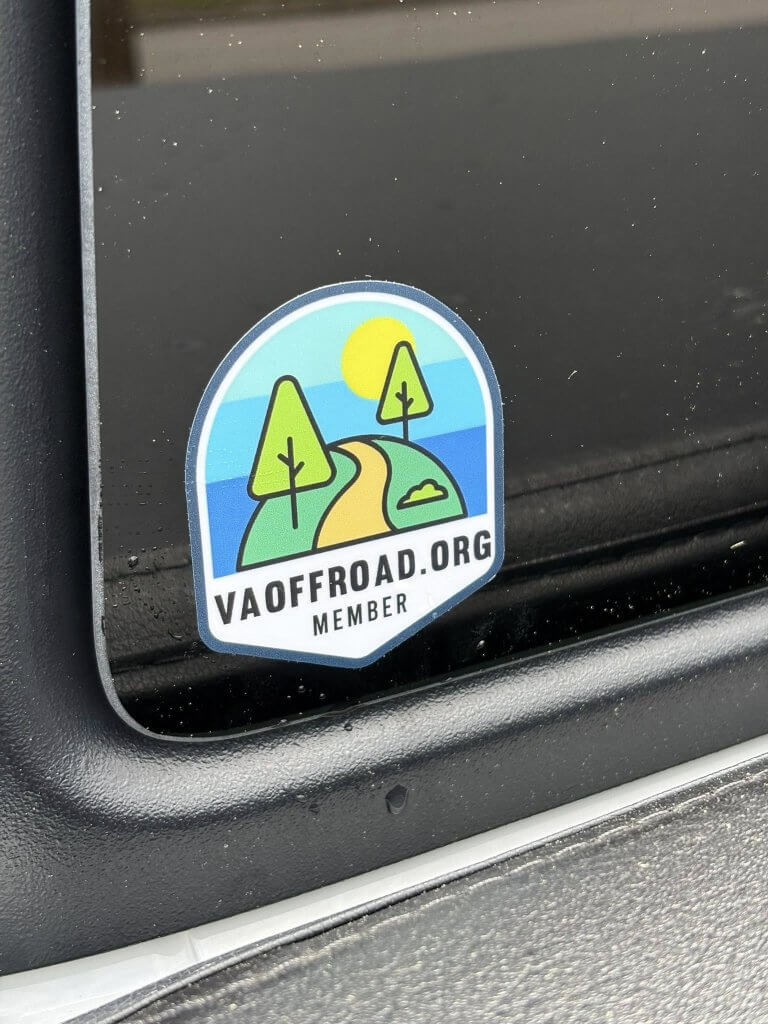

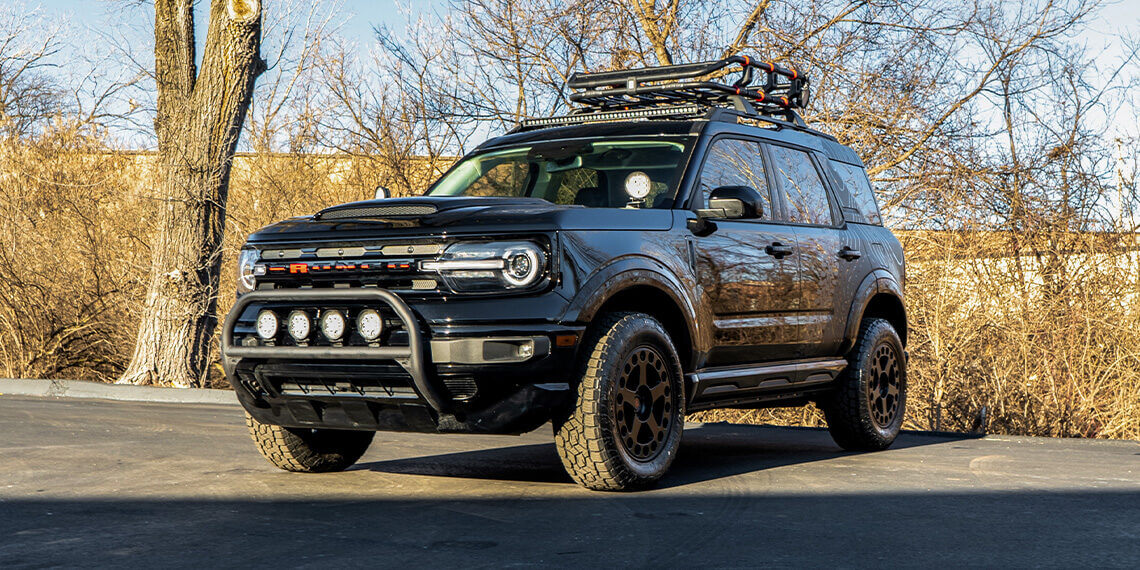

No responses yet